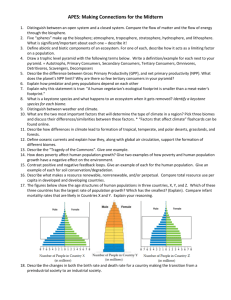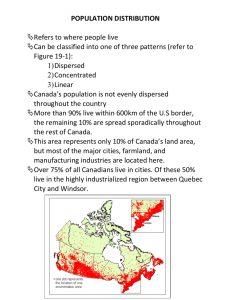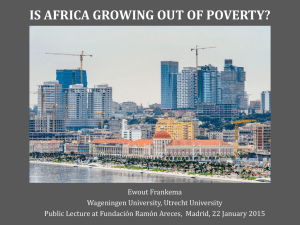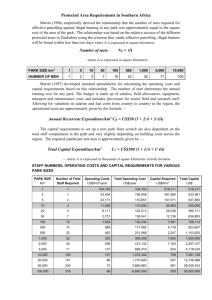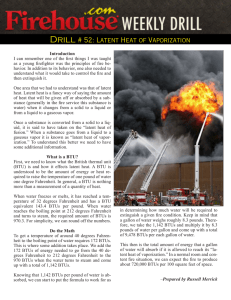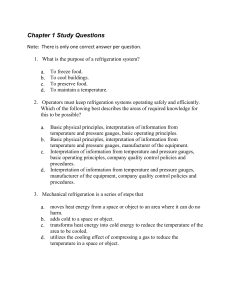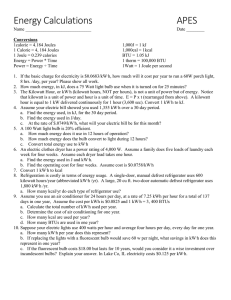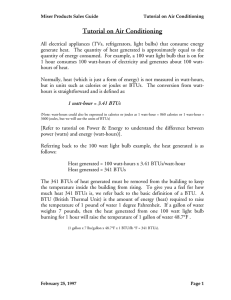Math Practice - ANSWER KEY - Liberty Union High School District
advertisement
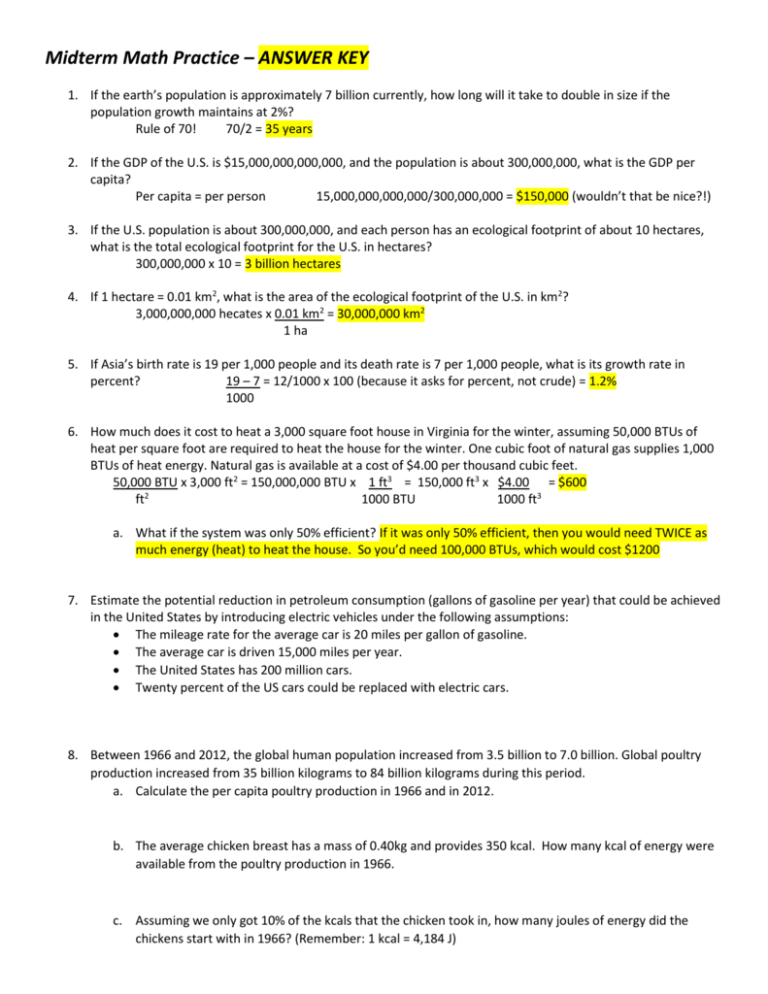
Midterm Math Practice – ANSWER KEY 1. If the earth’s population is approximately 7 billion currently, how long will it take to double in size if the population growth maintains at 2%? Rule of 70! 70/2 = 35 years 2. If the GDP of the U.S. is $15,000,000,000,000, and the population is about 300,000,000, what is the GDP per capita? Per capita = per person 15,000,000,000,000/300,000,000 = $150,000 (wouldn’t that be nice?!) 3. If the U.S. population is about 300,000,000, and each person has an ecological footprint of about 10 hectares, what is the total ecological footprint for the U.S. in hectares? 300,000,000 x 10 = 3 billion hectares 4. If 1 hectare = 0.01 km2, what is the area of the ecological footprint of the U.S. in km2? 3,000,000,000 hecates x 0.01 km2 = 30,000,000 km2 1 ha 5. If Asia’s birth rate is 19 per 1,000 people and its death rate is 7 per 1,000 people, what is its growth rate in percent? 19 – 7 = 12/1000 x 100 (because it asks for percent, not crude) = 1.2% 1000 6. How much does it cost to heat a 3,000 square foot house in Virginia for the winter, assuming 50,000 BTUs of heat per square foot are required to heat the house for the winter. One cubic foot of natural gas supplies 1,000 BTUs of heat energy. Natural gas is available at a cost of $4.00 per thousand cubic feet. 50,000 BTU x 3,000 ft2 = 150,000,000 BTU x 1 ft3 = 150,000 ft3 x $4.00 = $600 ft2 1000 BTU 1000 ft3 a. What if the system was only 50% efficient? If it was only 50% efficient, then you would need TWICE as much energy (heat) to heat the house. So you’d need 100,000 BTUs, which would cost $1200 7. Estimate the potential reduction in petroleum consumption (gallons of gasoline per year) that could be achieved in the United States by introducing electric vehicles under the following assumptions: The mileage rate for the average car is 20 miles per gallon of gasoline. The average car is driven 15,000 miles per year. The United States has 200 million cars. Twenty percent of the US cars could be replaced with electric cars. 8. Between 1966 and 2012, the global human population increased from 3.5 billion to 7.0 billion. Global poultry production increased from 35 billion kilograms to 84 billion kilograms during this period. a. Calculate the per capita poultry production in 1966 and in 2012. b. The average chicken breast has a mass of 0.40kg and provides 350 kcal. How many kcal of energy were available from the poultry production in 1966. c. Assuming we only got 10% of the kcals that the chicken took in, how many joules of energy did the chickens start with in 1966? (Remember: 1 kcal = 4,184 J)
